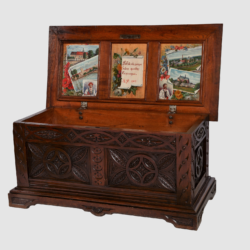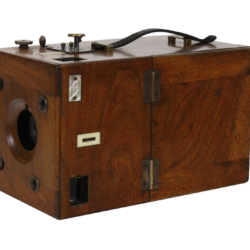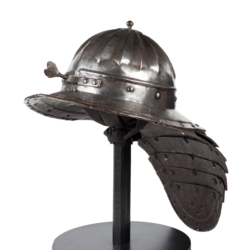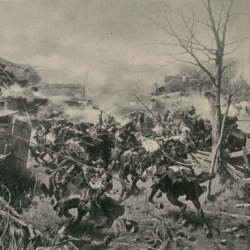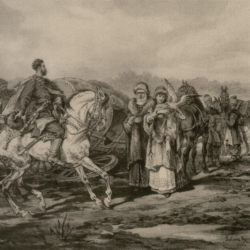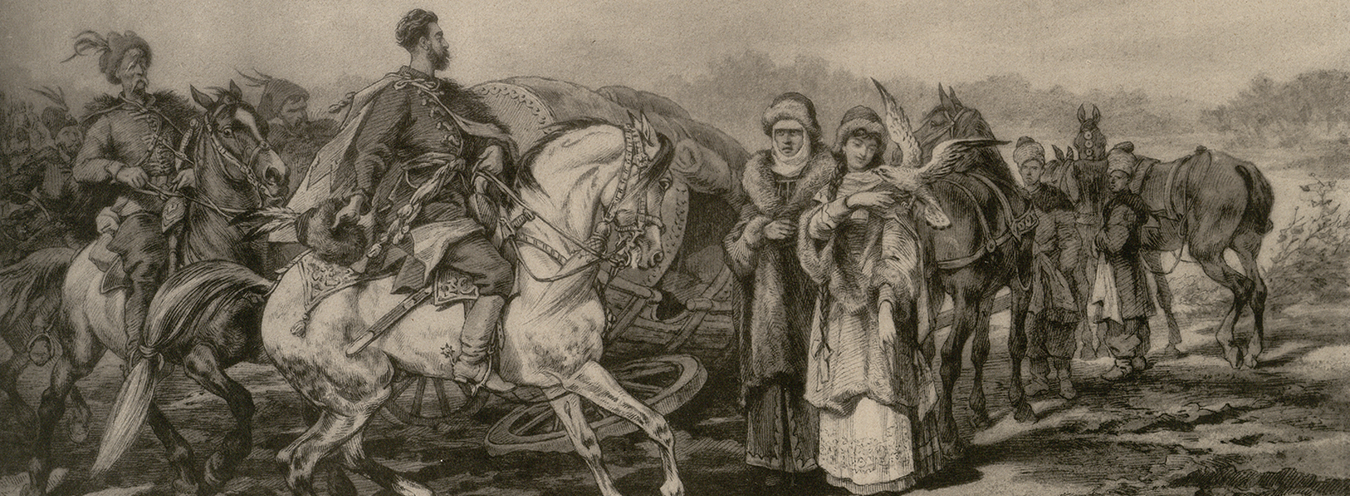
Men and women
The cruelty was also justified by the characters’ noble intentions. The debate concerning the adaptations of Sienkiewicz’s works was heavily focused on the characters and a set of traits which they represented – the conceptual stereotypes[1]. “Brave Zbyszko”, “unlucky Danusia” (but also, for example, “fanciful Kmicic” or “proud Oleńka”, “brave Staś” and “sweet Nel”) [trans. K.F] are characters reduced in their portrayal to one dominant trait only. As such, they create an important part of a socially embedded narration, in which the “local” properties of Sienkiewicz’s world connect with the traditional representations of the Polish culture and the universal gimmicks of popular culture. These gimmicks play the role of both keystones within a narrative, and the tools to communicate with viewers and readers less acquainted with relevant contexts.
For instance, the reappearing figure of a passive woman – very often still a child – fits perfectly the stereotypical convention of “innocence” justifying the actions of a “soldier” (observable in a variety of works, from Ivanhoe to Pretty Woman). In Poland, this convention became one of the widespread ways of mythologizing femininity and masculinity, and its origins may be traced in the narratives created under the influence of the January Uprising. In her analysis of the “uprising mythologeme”, Grażyna Borkowska observes that its structure revolved around the belief that Poles are superior to Russians, but that this superiority is of a spiritual kind – resulting from the acceptance of the superiority of moral power over physical strength, as Russians had the physical and military advantage[2]. This postcolonial sense of being inferior resulted in a vision of superiority of spiritually endowed Poles, which itself was rooted in the solidity of the image of a woman. In Artur Grottger’s art, a visual form was granted to the myth of a woman in black: the mother, the fiancée, the widow is the one who suffers most after the loss of a beloved man, but also the one which is identified with Poland itself. The list of Sienkiewicz’s female heroes is long: Danusia, Oleńka, Helena, and even the vigorous Basia (not to forget Nel, even though In Desert and Wilderness evokes also other colonial contexts – the protagonist is here, however, unflinching like Skrzetuski) – all of these women are portrayed as pure and fragile, but at the same time proud and full of typically Polish perseverance. Whenever the heroes become consumed by doubts, the thought of a beloved woman grants them power. All women are shown while waiting for their men, and all of them save the male protagonists – Danusia covers Zbyszko’s head with a veil moments before the execution, Nel prods Staś to be more responsible, Oleńka saves men from a moral downfall, and Basia protects them from emotional desperation. What is more, most of Sienkiewicz’s novels include the kidnapping of a virgin by “strangers”, which is an important motif, associated closely with the task of saving the motherland. Sienkiewicz suggests a particular fusion: the strangers want our women, because they are the emblem of Poland.
Moralistic goals were not the target of creators, even though they could suppose that Sienkiewicz is especially useful in the Polish People’s Republic. Nevertheless, the issue of raising children and teenagers, and educating the society, was constantly present in the public discourse, and the controversies present within Sienkiewicz’s fiction were sometimes unearthed involuntarily. Jan Józef Szczepański wrote:
Amiable Tomasz Mędrzak – a bit too grown up as Staś – copes quite well with the unclear role of not really a boy scout, not really a spiritual pioneer, and the fragile Monica Rosca as Nel is stylized as an irritating miniature Brigitte Bardot. This is a sad image, even more sad when we think of all the pedagogical issues.[3]
The pedagogical issues stay unarticulated – the readers are left with an impression of inappropriateness.
Generally speaking, the aim of cinematic narratives was the political integration based on a common story about the Polish historical past[4]. In this context, an unexpected aspect was revealed and expressed in the reception of In Desert and Wilderness and The Deluge. Staś Tarkowski was explaining “how to be a man”, especially in the times of the “feminization of educational institutions and family structure”[5]. In turn, a reader discussing The Deluge made a public appeal – “Young men – be like Kmicic!”[6]. One can laugh at this diagnosis and the following plea (“Often when we look at people, we don’t see a particular person – and drug addiction, alcoholism, hooliganism, venereal diseases, followed by much more disgusting things, are rife”), but this expectation of being a “better” person, especially valid for a man, apparently stayed in accordance with the identification of social changes. In the beginning of the 1970s, a quarter of a century passed since the end of WWII. On the one hand, this fact provokes a critical reaction to the omnipresence of topics associated with WWII (Wajda’s Everything for Sale may serve as a prime example). On the other hand, this phenomenon contributed to the fact that people noticed the changes in social and family life, which were caused by the war, and which were closely related to a new sociopolitical order (which, among all, forced women to work and provoked the implementation of the Family and Guardianship Code of 1950[7]) – also in these aspects, which some more conservative Poles felt uncomfortable about. This, in turn, activated the “conservatively-bigoted” potential present in Sienkiewicz’s novels[8].
Przypisy
- This term is introduced by Alina Madej in an analysis of the narrative strategies present in the cinema of the 1920s. Cf. A. Madej, Mitologie i konwencje. O polskim filmie fabularnym dwudziestolecia międzywojennego [Mythologies and Mannerisms. On the Polish Feature Film of the Interwar Period], Kraków 1994.
- G. Borkowska, Pozytywiści i inni [Positivists and Others], Warsaw 1999, pp. 20-24.
- JSS [J. J. Szczepański], Ibidem; trans. K.F.
- This common story was also updated in the narration associated with the Warsaw Uprising – from Andrzej Wajda’s Canal (1957), through Janusz Morgenstern’s series The Columbuses (1970), to Jan Komasa’s Warsaw ’44 (2014).
- S. Melkowski, Po co w pustynię i w puszczę [Why in Desert and in Wilderness], “Fakty” [Facts] 1974, issue 1; trans. K.F.
- A. Baranowska, Słodycze usieczonego [In Thrust He Trusts], “Walka Młodych” [The Challenge of the Young] 02.02.1975; trans. K.F.
- See M.Czerwiński, Przemiany obyczaju [Changes in Customs], Warsaw 1972; Życie po miejsku [City Life], Warsaw 1974.
- It can be added that the rise in conservative ideas was different than the one in 1999, when after the premiere of With Fire and Sword it became fashionable among men to shave their hair in a Sarmatist fashion. A dream to be a member of the nobility found its realization in everyday life, foreshadowing the rebirth of Sarmatism in the society of “farmers and physical workers”.

